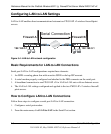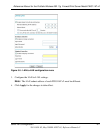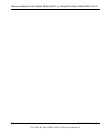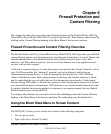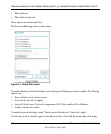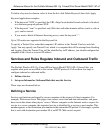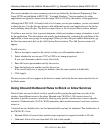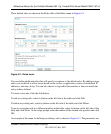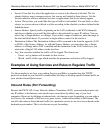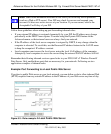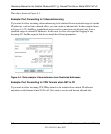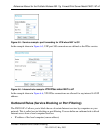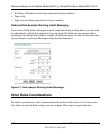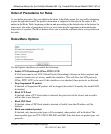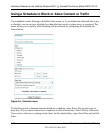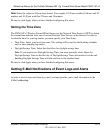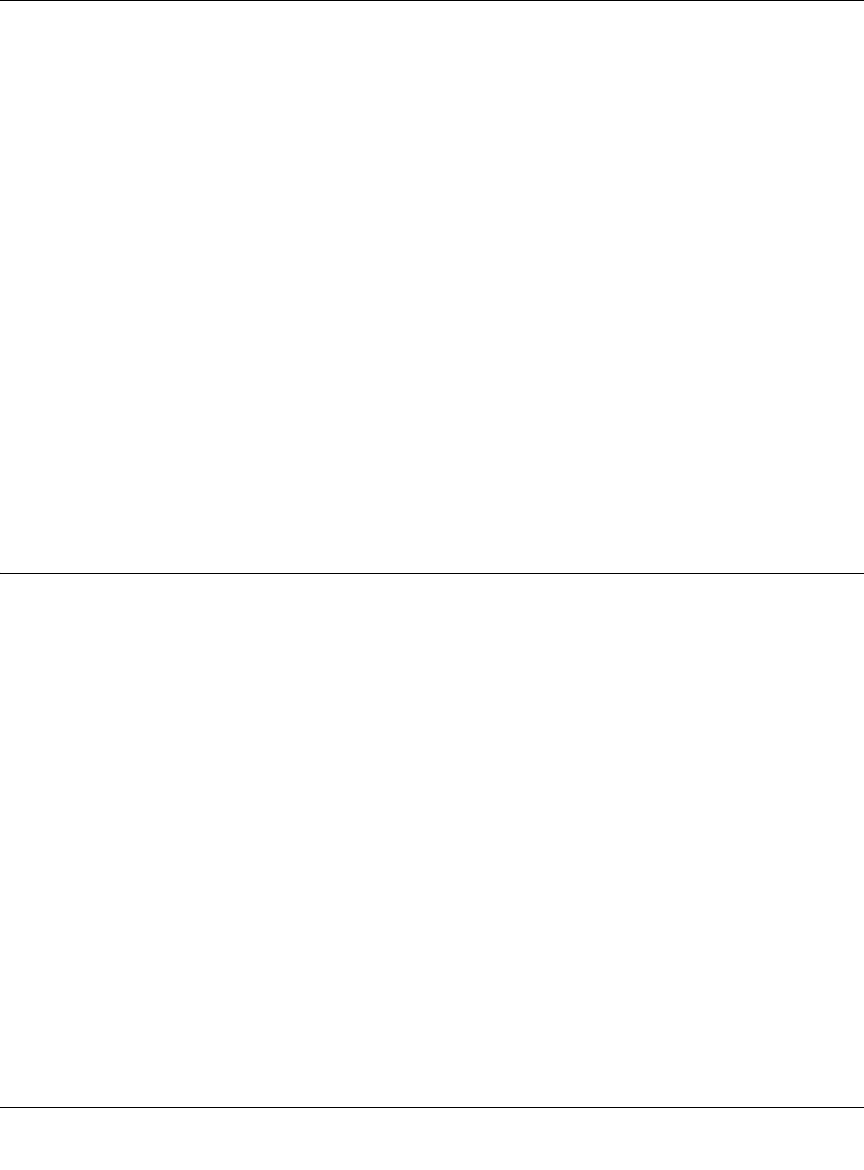
Reference Manual for the ProSafe Wireless 802.11g Firewall/Print Server Model FWG114P v2
6-6 Firewall Protection and Content Filtering
201-10301-02, May 2005
• Service. From this list, select the application or service to be allowed or blocked. The list
already displays many common services, but you are not limited to these choices. Use the
Services menu to add any additional services or applications that do not already appear.
• Action. Choose how you would like this type of traffic to be handled. You can block or allow
always, or you can choose to block or allow according to the schedule you have defined in the
Schedule menu.
• Source Address. Specify traffic originating on the LAN (outbound) or the WAN (inbound),
and choose whether you would like the traffic to be restricted by source IP address. You can
select Any, a Single address, or a Range. If you select a range of addresses, enter the range in
the start and finish boxes. If you select a single address, enter it in the start box.
• Destination Address.The Destination Address will be assumed to be from the opposite (LAN
or WAN) of the Source Address. As with the Source Address, you can select Any, a Single
address, or a Range unless NAT is enabled and the destination is the LAN. In that case, you
must enter a Single LAN address in the start box.
• Log. You can select whether the traffic will be logged. The choices are:
– Never - no log entries will be made for this service.
– Match - traffic of this type which matches the parameters and action will be logged.
Examples of Using Services and Rules to Regulate Traffic
Use the examples to see how you combine Services and Rules to regulate how the TCP/IP
protocols are used on your firewall to enable either blocking or allowing specific Internet traffic on
your wireless firewall/print server.
Inbound Rules (Port Forwarding)
Because the FWG114P v2 uses Network Address Translation (NAT), your network presents only
one IP address to the Internet, and outside users cannot directly address any of your local
computers. However, by defining an inbound rule, also known as port forwarding, you can make a
local server (for example, a Web server or game server) visible and available to the Internet. The
rule tells the router to direct inbound traffic for a particular service to one local server based on the
destination port number. This is also known as port forwarding.



